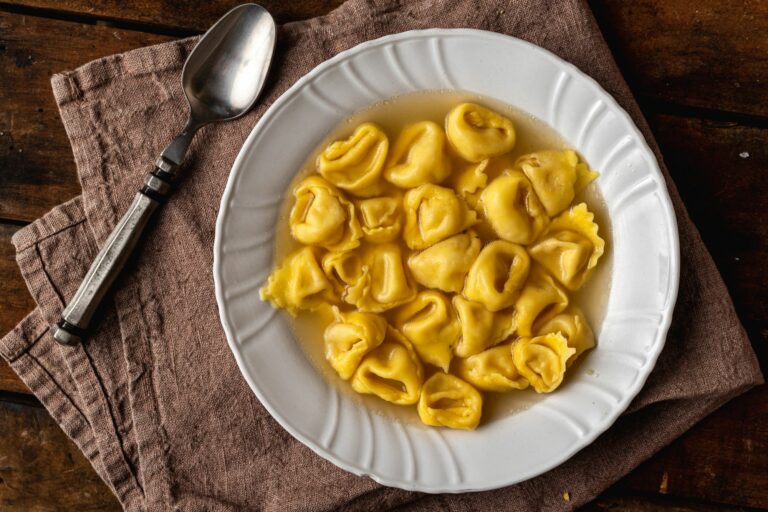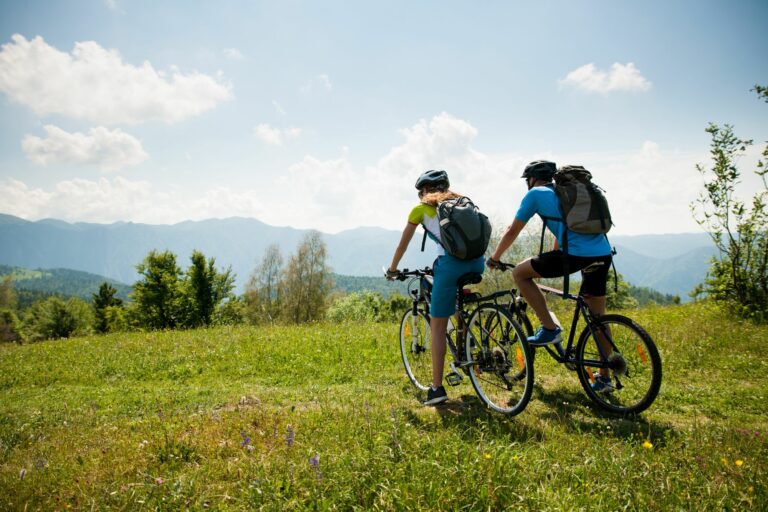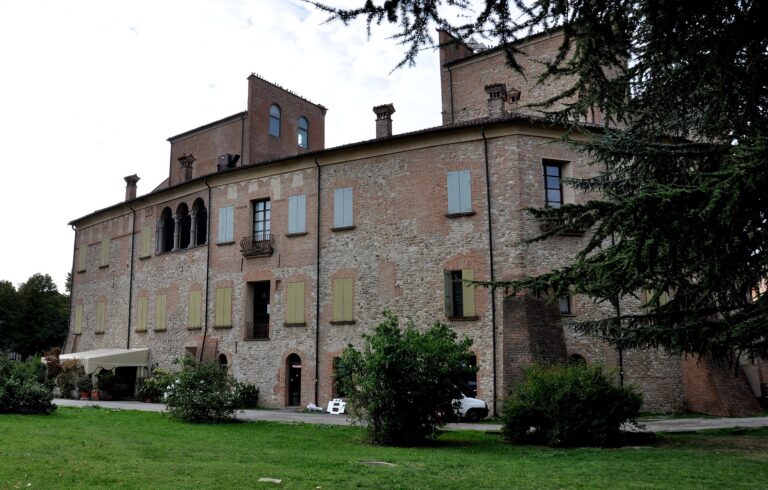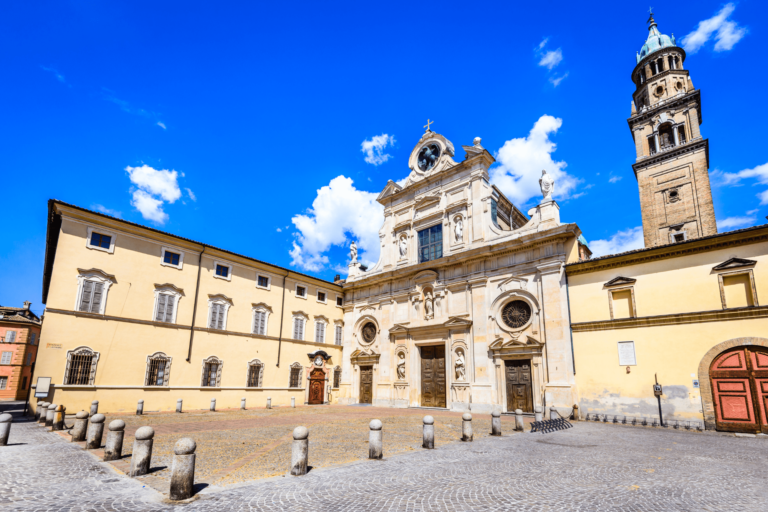What to see in Parma? Here is a nice itinerary from square to square that will guide you to discover the city’s main attractions.

The itinerary starts from the central Piazza Garibaldi. Famous for its cafés with outdoor tables and elegant shops, it is the vital heart of the city. Opened on the site of the Roman forum, then enlarged between the 13th and 14th centuries, it is now surrounded by buildings completely different in architectural styles, shapes and colours. On the south-eastern side is the Palazzo del Comune, whose late-Renaissance style appearance is due to the Parma architect Giovanni Battista Magnani, who was commissioned to rebuild the building in the 17th century following the collapse of a 13th-century tower. The north side of the square is dominated by the Governor’s Palace, which already existed in the 13th century and is now a prestigious cultural and artistic exhibition space. To the west of the square stands the Church of St. Peter, with a façade designed in 1762 by court architect Ennemond Petitot.

The second stop is the nearby Piazza Duomo, the religious centre of the city, which still retains its medieval atmosphere. Three remarkable architectures overlook it. The first, the Cathedral of Santa Maria Assunta, was built in the second half of the 11th century and consecrated in 1106. It features an imposing façade with a gabled roof while the interior houses numerous valuable works of art. The second, the Baptistery of St John the Baptist, is the building that symbolises the transition from late Romanesque to Gothic. Built starting in 1196 (and finished in the following century) to a design by Benedetto Antelami, it is clad in precious pink Verona marble. The third is the Bishop’s Palace, the seat of the Bishop of Parma and the diocesan curia, dating back to the 11th-12th centuries. Although it has been remodelled several times over the years, it retains the appearance of a medieval building.

Behind the Cathedral of Santa Maria Assunta, taking Borgo Pipa, one arrives at Piazzale Salvo D’Acquisto, from which one accesses Piazzale San Francesco, which houses the Casa della Musica, the Casa del Suono and the beautiful Church of San Francesco del Prato. The latter is the only Gothic-style church in the city and was built according to the Franciscan canons dictated by St Bonaventure in the 1260 Statutes of Narbonne. The main façade features elegant niches and elongated single lancet windows, but it is inside that it shows itself in all the majesty of its imposing Gothic arches.

The next stop is the atmospheric Piazza della Pilotta, a popular meeting point. The square is dominated by a group of historical buildings that form the Pilotta (as the Parmesans call it), an imposing palace symbol of the ducal power of the Farnese family. Built between the 16th and 17th centuries, it derives its name from the game of pelota that was played in its courtyards on special occasions. It currently houses some of the city’s most important institutions: the Farnese Theatre, designed by the famous architect Giovan Battista Aleotti in the first half of the 17th century; the National Gallery, established in 1752, which exhibits, among others, works by Beato Angelico, Canaletto, Correggio, Guercino, Leonardo da Vinci and Parmigianino; the Archaeological Museum, founded in 1760, which offers a rich overview of the cultures of prehistoric, pre-Roman and Roman Italy and ancient Egypt; the Bodoniano Museum, the oldest printing museum in Italy; and the splendid Palatine Library.

The last stop is Piazzale Santa Croce in the Oltretorrente district, overlooked by the church of the same name. Founded at the beginning of the 12th century and consecrated in 1222 with the dedication to the Holy Cross, the church assumed its current layout during the 17th century. Traces of its origins can be found in the capitals of the pillars of the three naves (executed in the 12th century), which feature biblical scenes, Christian symbols and images from medieval bestiary. On the altars are valuable paintings from the 16th and 17th centuries and some polychrome wooden sculptures.
Photo Piazza della Pilotta © San Francesco del Prato | Piazzale Santa Croce Parma © Parma1983
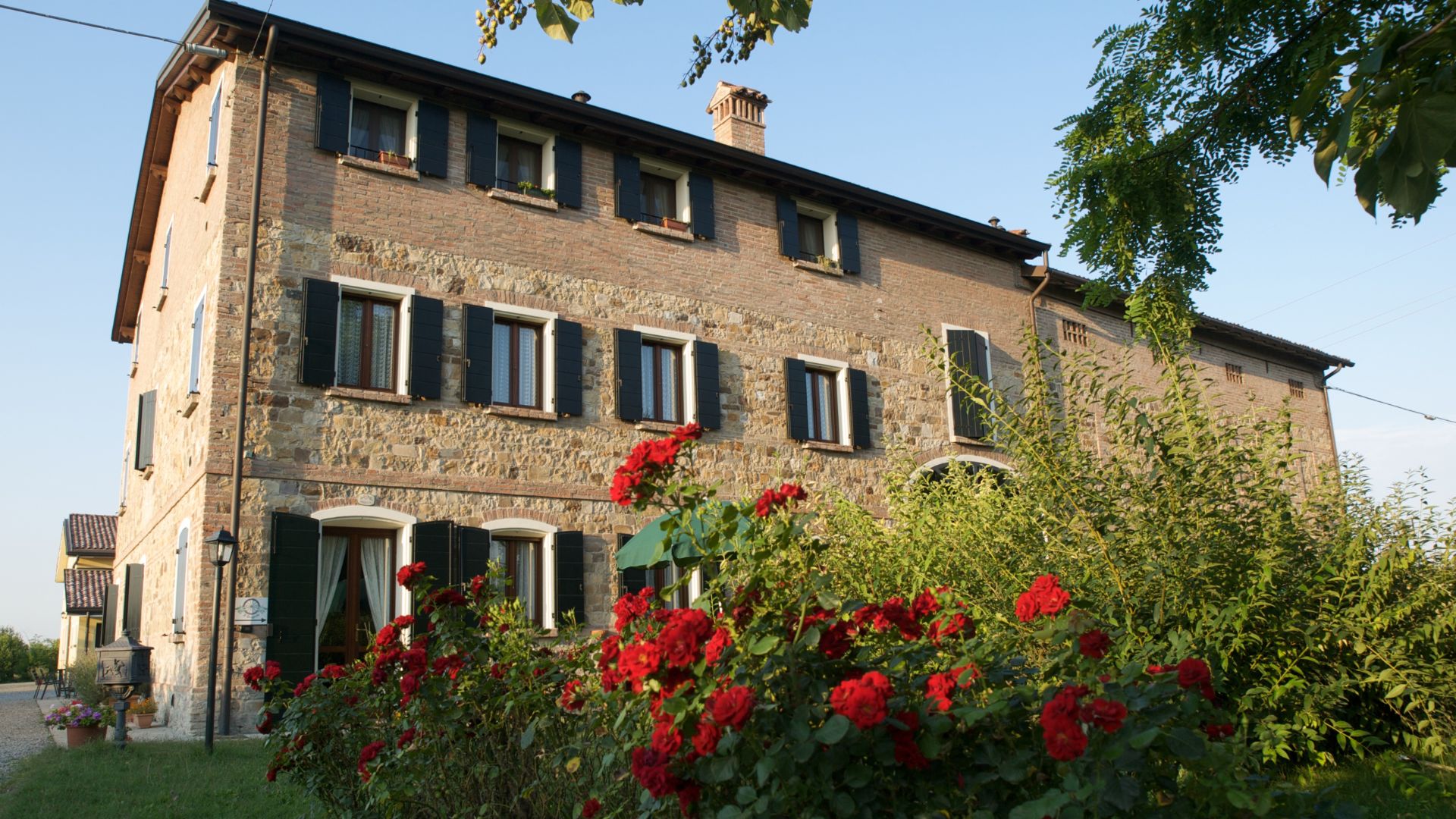
AGRITURISMO IL BRUGNOLO
Welcome to il Brugnolo
If you’re looking for completely independent apartments surrounded by greenery you really are in the right place here!
In fact, Brugnolo is immersed in the green nature of the Emilian countryside. For your relaxation, for that of your children, and again for the runs of your 4-legged friends, you will have 6000 square meters of park at your disposal!

